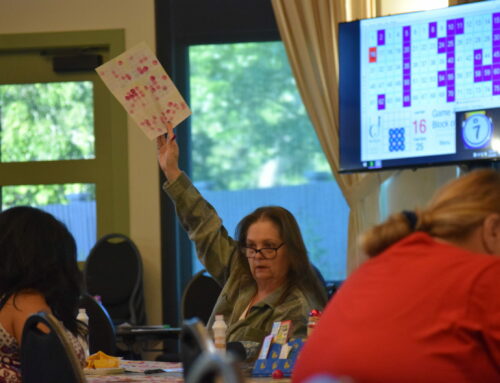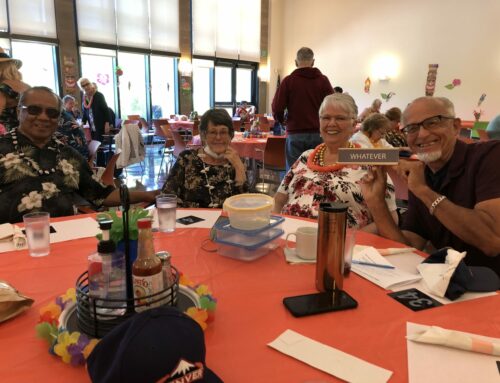Therapist can also recommend exercises to reduce the stress on joints
By Dorie Sugay

Dorie Sugay
More than 100 million people have hallux valgus and most of them are women. But don’t worry, this is just a fancy word for bunions — that bony bump that forms on the outside of a big toe or at the base of the little toe.
So what does this have to do with finding ways to “age with an attitude?” Plenty — because foot aches can discourage physical activity, discourage socializing. Immobility and isolation will keep you from aging well. If you are one of the 100 million affected, or know someone who is, read on. Surgery is not always the right option for bunions.
“Bunion correction surgeries do not change the leg biomechanics that may have led to the stresses that pushed the hallux, big toe, out of alignment creating the bunion,” said physical therapist Lily Weisinger of Mobility with Lilly. “If poor biomechanics aren’t corrected, the bunion can worsen again even after going through surgery.”
If you consult with a physician, most of the time, they offer the following tips:
1) Get properly fitted shoes. (For women, it means divorcing those high heels;
2) To reduce inflammation, take pain medication or even cortisone injections with moderation;
3) Use ice to control the pain, or;
4) Consider bunion splints or correctors.

You should know, however, if your bunion is caused more by deviation and swelling than by a significant growth of bone, there may be effective treatment options that do not include surgery. Non-surgical options may not get rid of a bunion because it is a biomechanical deformity, but exercises could help relieve pains associated with bunions and improve flexibility, and many times help slow down the progression, according to Weisinger.
Some non-surgical treatments are:
- Foot mobilization therapy — this is a hands-on manual treatment performed to address tight muscles, tendons and fascia to ensure pain-free motion. This approach is gentle, doesn’t require recovery time, nor does it require you to change your footwear or limit activities during treatment.
- Podiatry exercises are usually recommended to supplement FMT. These tend to strengthen larger foot muscles that support the affected toe and surrounding tissues.
- A physical therapist may be able to customize orthotics that can significantly reduce stress on the big toe
- A physical therapist can also recommend exercises to reduce the stress on the joints as one moves about.
In the meantime, what exercises can help? Here are a few simple ones.
Remember — you must do these exercises on both feet to avoid creating an imbalance that could affect your gait, your hips, your feet and your spinal alignment.
- The simplest one is called “Big Toe Circles.” This can help if you have severe foot pain or difficulty walking, Use your hands to gently and slowly rotate your big toe in a circle 20 times then reverse the direction. It is OK to rest your foot on your knee during this exercise.
- Another easy one involves sitting and holding your foot six inches off the floor. Curl your toes while pointing them at the floor. Hold it for 10 seconds and repeat 20 times a set. Do a set 2-3 times.
- The “Toe Spread” will remind you of a frog’s web feet. With your foot flat on the ground, spread your big toe and your small toes as far apart from each other as you can. Make sure your feet stay as flat as possible. Do it 10-20 times per foot.
- To “un-stress” tired and swollen tendons or bones in your foot — roll it on top of a tennis ball for 3-5 minutes.
Dorie Sugay is the executive director of Visiting Angel and involved with senior issues in Morgan Hill. She can be reached at (408) 846-2988 or email here at [email protected].






